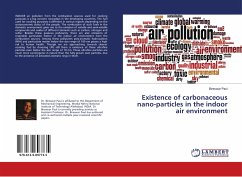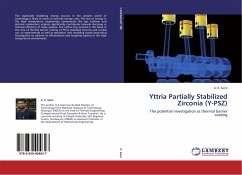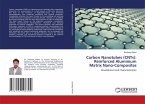The aim involved in designing metal matrix composite materials is to combine the desirable attributes of metals and ceramics. The addition of high-strength, high-modulus refractory particles to a ductile metal matrix produces a material whose mechanical properties are intermediate between the matrix alloy and the ceramic reinforcement. Aluminium is the most abundant metal in the Earth's crust, and the third most abundant element, after oxygen and silicon. It makes up about 8% of the weight of the Earth's solid surface. Due to easy availability, high strength-to-weight ratio, easy machinability, durability, ductility and malleability, aluminium is the most widely used non-ferrous metal.
Bitte wählen Sie Ihr Anliegen aus.
Rechnungen
Retourenschein anfordern
Bestellstatus
Storno








